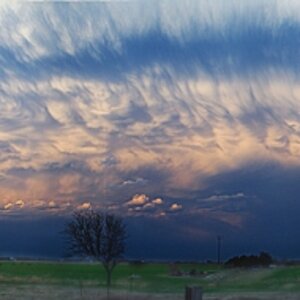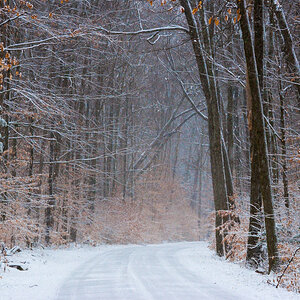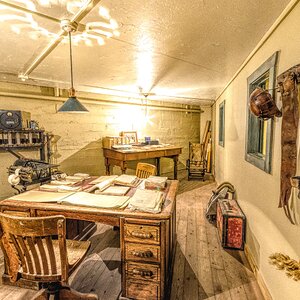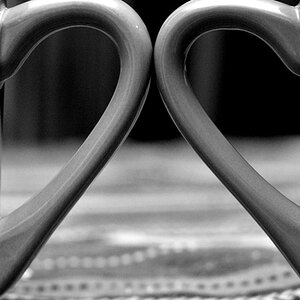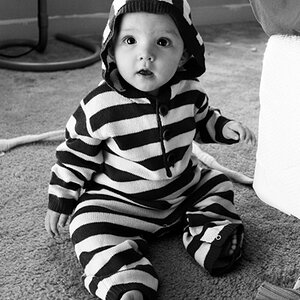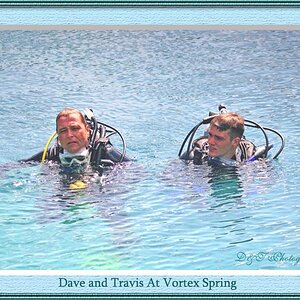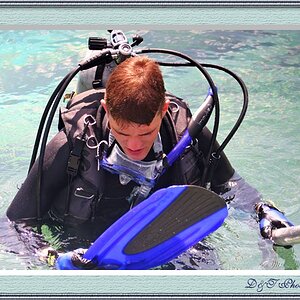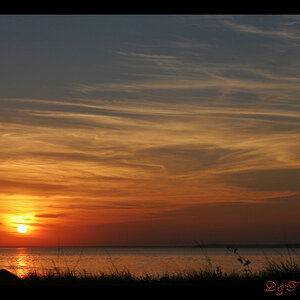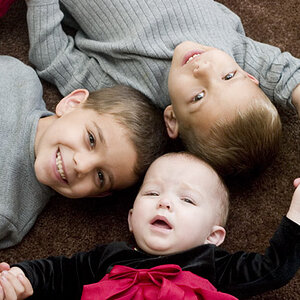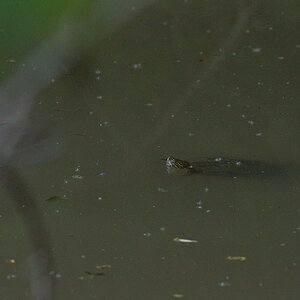ruifo
No longer a newbie, moving up!
- Joined
- Nov 14, 2013
- Messages
- 1,200
- Reaction score
- 413
- Location
- Mexico / Brasil
- Website
- www.flickr.com
- Can others edit my Photos
- Photos OK to edit
This is an interesting analysis of long exposure for several cameras:
Long Exposure Sensor Testing. | Brendan Davey Photography
This is a useful test for astrophotography.
The D810 was missing, so I just tried to reproduce this test (as of the source) with my D810, but using a different software to convert (Lightroom 5.6), and converting from RAW to JPG, not to DNG. So there could be differences. All other paramters are the same of the source. Anyhow, here are my tests, both in full RAW, as well as in sRAW, as the D810 has both formats.
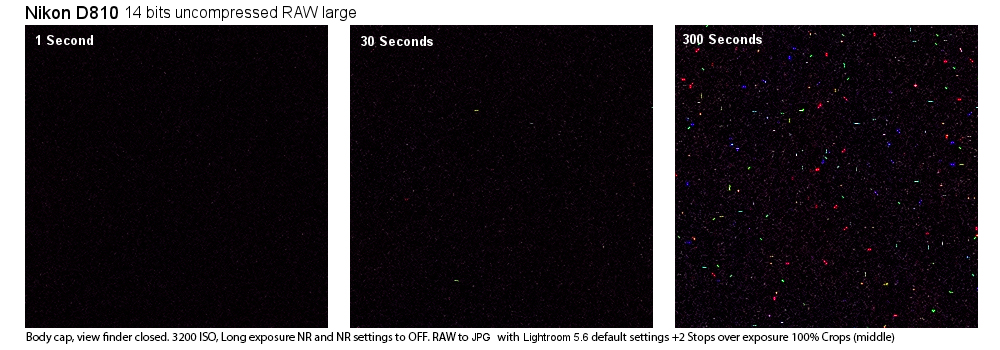
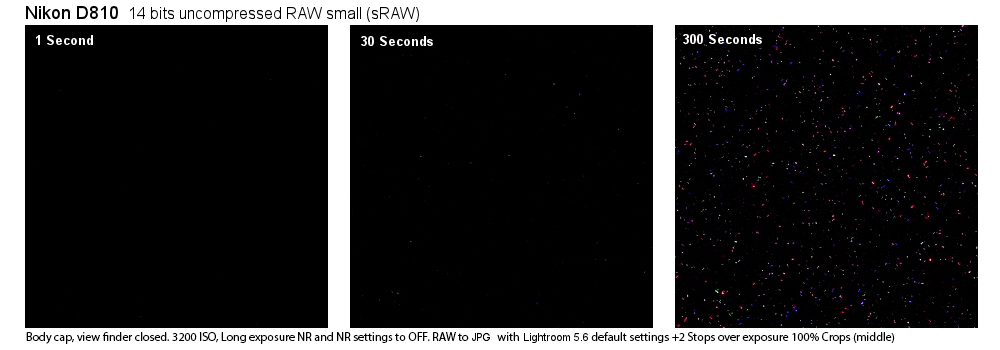
Long Exposure Sensor Testing. | Brendan Davey Photography
This is a useful test for astrophotography.
The D810 was missing, so I just tried to reproduce this test (as of the source) with my D810, but using a different software to convert (Lightroom 5.6), and converting from RAW to JPG, not to DNG. So there could be differences. All other paramters are the same of the source. Anyhow, here are my tests, both in full RAW, as well as in sRAW, as the D810 has both formats.




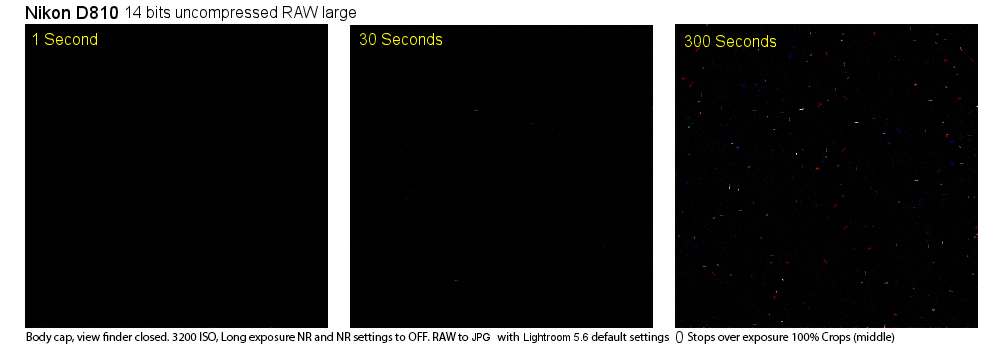
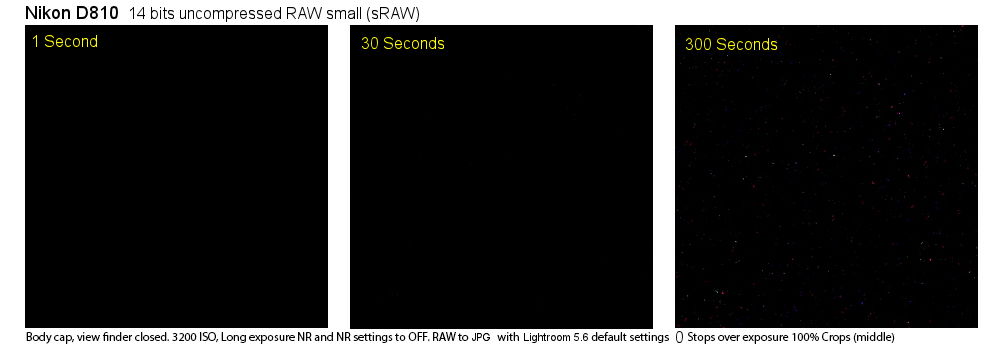
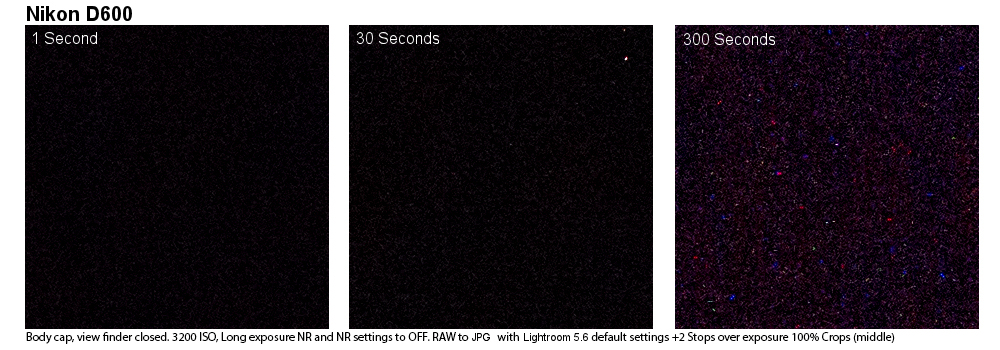
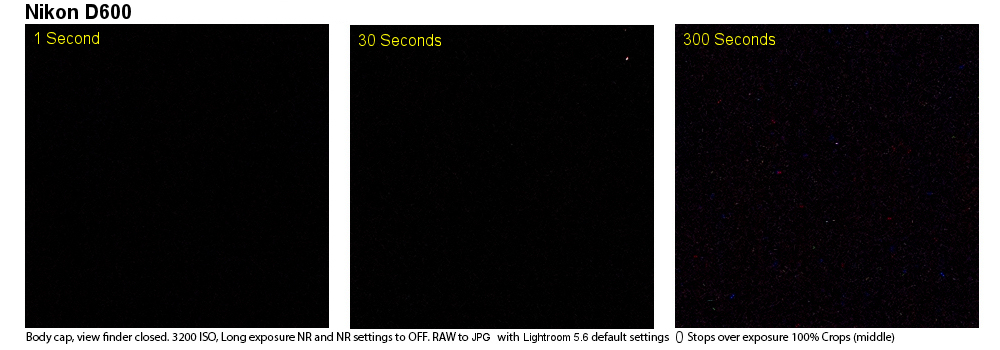
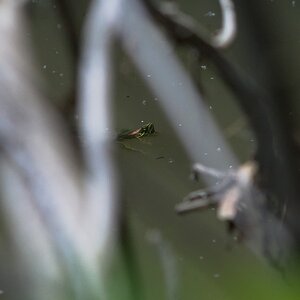
![[No title]](/data/xfmg/thumbnail/35/35880-9a6926237907ab72b42781d9a09698a6.jpg?1619737209)
